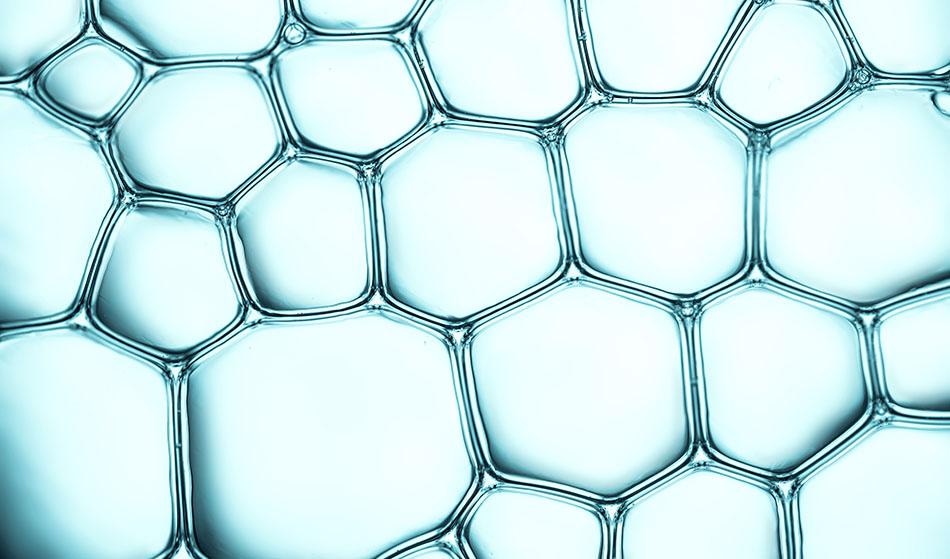
Nixx Photography / Shutterstock
Atomic force microscopy is a robust, multi-purpose imaging technique that allows for three-dimensional imaging, manipulation, and analysis of biological specimens, all the way down to the molecular level.
Technically a kind of scanning probe microscope, an atomic force microscope (AFM) passes an extremely fine probe over a sample surface to create 3D topographical maps. An AFM tip can be customized in various ways to investigate the many qualities of a cell at the nanoscale.
For instance, an AFM also allows for the detection of temporal shifts in the mechanical qualities of a cell, such as a cell membrane stiffness or elasticity. Viral relationships and cell structure can also be examined in vitro as a result of the probing abilities of an AFM. This scientific tool allows scientists to acquire insights and data that were previously unavailable.
The reason AFM is effective and succeeds where other probing methods for cell biology have failed due to the technology’s capability to make measurements in near-physiological conditions. The technology has, for example, permitted for virologists to quantitatively observe initial interactions between viruses and cells. This is integral for studying the primary stages of infection for various viruses and can lead to extremely useful discoveries for medical and life science researchers.
The systems of interest in cell biology studies are almost exclusive to living cells. Researchers can replicate real-life physiological factors by growing tissues in media at suitable temperatures. It is very hard for other analytical technologies to carry out precise measurements of viscoelastic qualities and mechanical interactions under these conditions. AFM is also one of the only tools for imaging live cultured cells while analyzing the elastic and viscoelastic reactions of cells to medications, mechanical stress or other factors.
Observing the mechanical reactions of cells to mechanical stimuli can also allow for an analysis of cell rigidity and viscoelastic changes over time, which is critical for research into cancer and cytotoxic treatments, as shifts in viscoelasticity and stiffness are biomarkers of metastatic potential.
Modes of Operation
An AFM can be used in different ways to gain many different insights into the composition of a cell.
In contact mode, the tip of the probe is in actual contact with the sample’s surface. In lateral force microscopy, lateral deflections of the probe are used to determine surface friction. In non-contact mode, the topography of a sample can be determined by oscillating the probe tip near its resonant frequency and measuring changes in the vibration caused by Van der Wall forces. In phase imaging mode, the phase shift of an oscillating probe can be used to map different surface qualities, such as adhesion and elasticity.
AFM in Cell Biology
Over the past 15 years or so, the AFM has come to be seen as a useful tool for obtaining nanostructure details and biomechanical qualities of cells. The AFM-based spectroscopy is also especially well-suited to evaluate cell adhesion and rheological qualities. The most critical advantage of an AFM for biology is the investigation of biological specimens directly in their natural environment, particularly in vitro, in situ, and even in vivo – all without sample preparation. An AFM can also research the exterior of living cells down to the molecular forces.
Moreover, there is not any restriction in the kind of test medium with respect to aqueous, non-aqueous, temperature, or chemical makeup.
AFM modality is a novel method used to investigate biological membranes, which have been a major focus of biological researches. In particular, the AFM has been used to can scan the interaction between the supported lipid bilayers of a membrane and medications.
The microbial exterior has been another major focus, and the AMF has allowed for the quantitative examination of the molecular interactions found there. The AFM allows not just high-resolution imaging of microbial exteriors, but also a direct analysis of molecular forces and the physical qualities found there.
Sources
Disclaimer: The views expressed here are those of the author expressed in their private capacity and do not necessarily represent the views of AZoM.com Limited T/A AZoNetwork the owner and operator of this website. This disclaimer forms part of the Terms and conditions of use of this website.